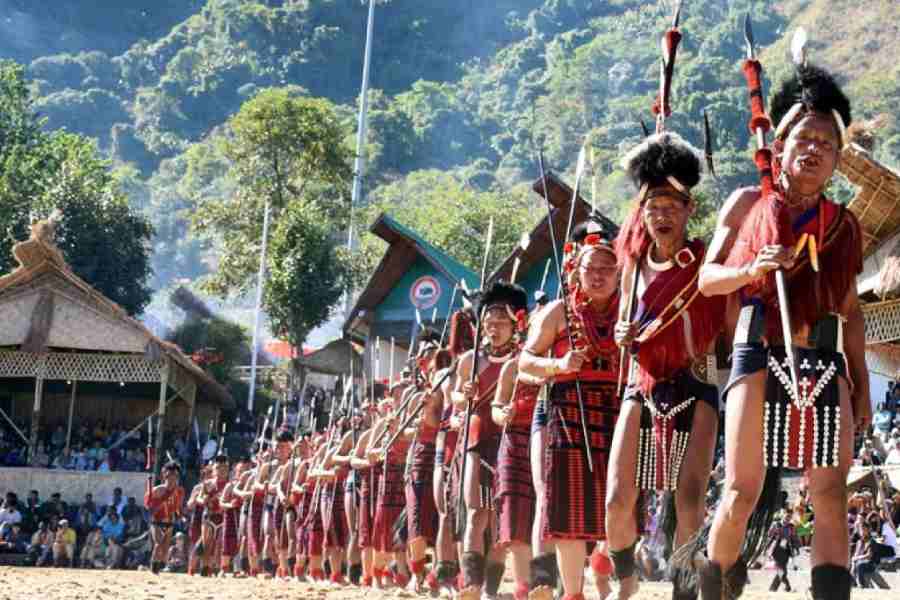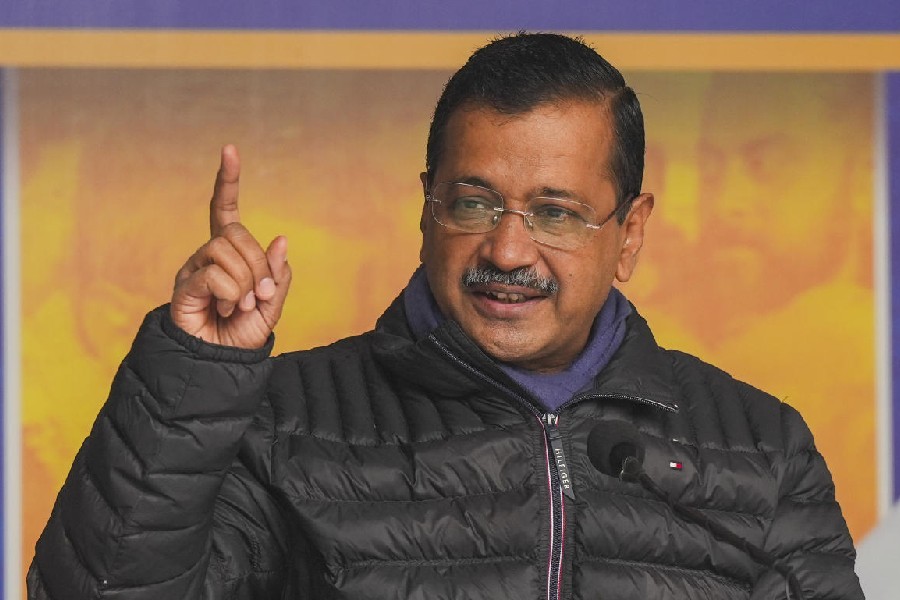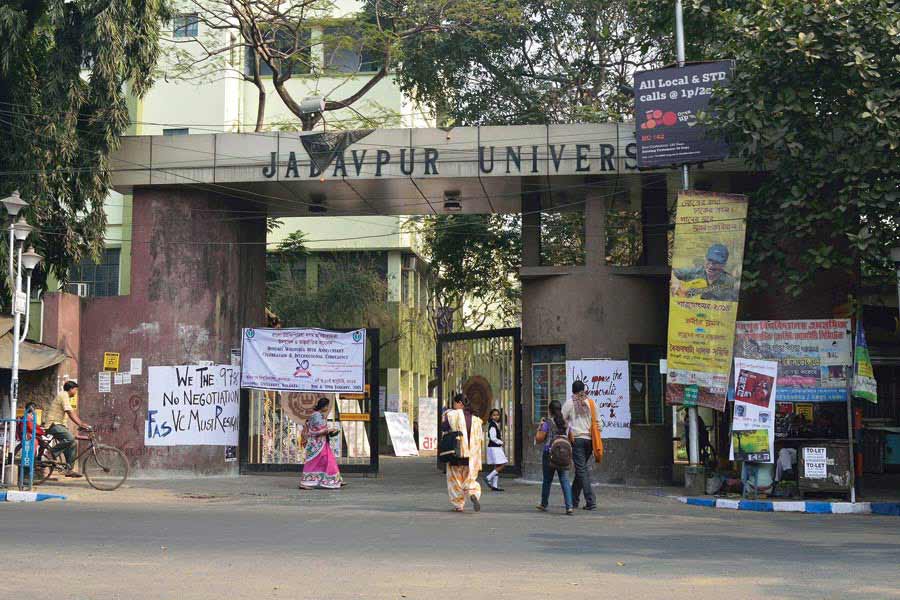Bryan Adams, the ageing pop star of the late 1990s and early 2000s, rocked a 40,000-strong audience at Shillong’s Polo Grounds in December, an event which was the latest in a series of winter festivals in the Northeast that have attracted lakhs and established the region as both magnet and purveyor of contemporary and folk music.
When Adams belted out his legendary hits, including “Summer of 69” and “Heaven” in a spellbinding three-hour performance and the crowd, young and old, ministers and commoners, local rock performers and music enthusiasts, sang, shook and waved along with him in the chilly Shillong night, one could be forgiven for believing that all was well with the region and the world.
But of course it isn’t. Let’s take a look at some issues that continue to churn the political pot in these parts.
The total collapse of governance and security in Manipur is now well into its second year, with fear and tension being the markers, without a sign of a prime ministerial visit or a healing hand.
The continuing jousting between the Centre and the states, particularly Nagaland and Mizoram, over plans to erect a long fence on the Indo-Myanmar border, ostensibly to keep out ‘illegal migrants’, illicit drugs, non-State armed groups and weapons shipments.
In Shillong, the once premier North-Eastern Hill University, started by the iconic Chandran Devanesan in 1973, located among pine forests, has been shut for weeks after students and faculty revolted against the vice-chancellor who has since disappeared from the campus.
Towns like Shillong and Aizawl are looking shabby and concretised given the pressure on space, traffic and unplanned growth. Dense traffic can be nightmarish in places like Shillong and there’s little that governments are doing about it.
Heritage spaces are endangered as seen in plans to demolish the iconic St Anthony’s school at Don Bosco Square.
In the midst of all this, it’s surely a good thing if a surge in literary and music festivals draws the attention of the country to issues other than the usual headlines of insurgency and violence. If these few hours of joy, reflection and energy enable people to forget their personal worries and regional troubles for some time, if these act as a catharsis against the daily drudgery and weeks of trouble, then who are we to grudge such breaks?
The circle of fests starts with Ziro in Arunachal Pradesh which coincides with a powerful music fest held on the rolling hills of the Apatani Plateau, followed by the Arunachal LitFest in Itanagar (a far uglier, concrete, and dusty city is hard to find although it is redeemed by the encirclement of green hills). In swift succession come Dimapur and the well-established Shillong LitFest.
The new kid on the block is LEI, the first-ever Mizoram LitFest, which a small, eclectic team put together (whose mainstay was an English literature teacher; there were three government officials, including a petite protocol officer who has an online poetry magazine, a poet who works as a customs official, a senior PR official who’s a military historian and an entrepreneur who, among other things, runs the city’s most popular book café and myself). LEI drew not thousands but a gathering of 100+ attendees. What was interesting was that as many came to listen to their local literary heroes in Mizo, a wonderfully tonal language, as they did to big names from other parts of India, be it the irrepressible Jerry Pinto (who has the uncommon habit of leaping off a stage and engaging directly with the audience), a publisher like Ravi Singh of Speaking Tiger, and the poet, Shinie Antony.
This is also the season that places like Guwahati, Jorhat and sleepy Nagaon in the Brahmaputra Valley have their own book fairs, which draw lakhs of visitors and preceded litfests.
In Shillong, Vikram Seth, Shobhaa De and Jerry Pinto were the stars, especially as the last two not only had separate sessions but they actually were in conversation with each other. Seth, that most reclusive of brilliant writers, made not one but two appearances where he thunderously recited from his poem, “Fyyrree”.
Set along the banks of the century-old Ward’s Lake, where cherry blossoms bloomed (but not as lushly as in the previous years) — well, we do have to find something to blame on climate change — ducks and punters silently paddled on the lake, while writers recited and chatted on stage.
On the slopes above, the wine stalls did roaring business, offering sample sips of their sparkling local fruit wines in tiny paper cups while crowds gathered around food stalls selling pork, silkworm, prawns, fish and different rice dishes.
It was sunny till late afternoon. When the sun dipped, so did the temperature and evening embraced the land. The atmosphere was warm and indeed happy as music played in the evenings and St Edmund’s School put on a show of Mama Mia. One evening, the chief minister, Conrad Sangma, hosted a dinner where he did a cool job on the guitar while the tourism minister, Paul Lyngdoh, once a firebrand student leader, sang. Our politics would perhaps be a better space if more politicians played music and sang!
One can’t, of course, leave out Nagaland’s Hornbill Festival which has completed a quarter century. Despite initial misgivings, the Hornbill — named after the state bird — has grown into a truly international festival that celebrates not just traditional Naga dance and music but also traditional wrestling, a raja chilli eating competition (that’s like having red hot coals for breakfast), local foods and contemporary performances from soloists and bands across the region and beyond.
All of this is not just a celebration of the region’s rich and enduring qualities but an expression, an acknowledgement, of catharsis. Many have undergone much pain and suffering in many conflicts over the decades. While these events cannot wipe away their tears or memories, they can bring a little calm and joy to some hearts.
Sanjoy Hazarika is a writer who specialises on the Northeast and travels extensively in the region











